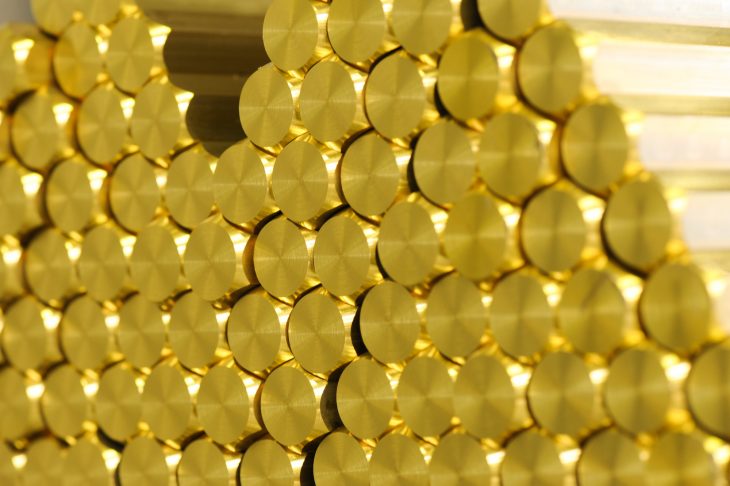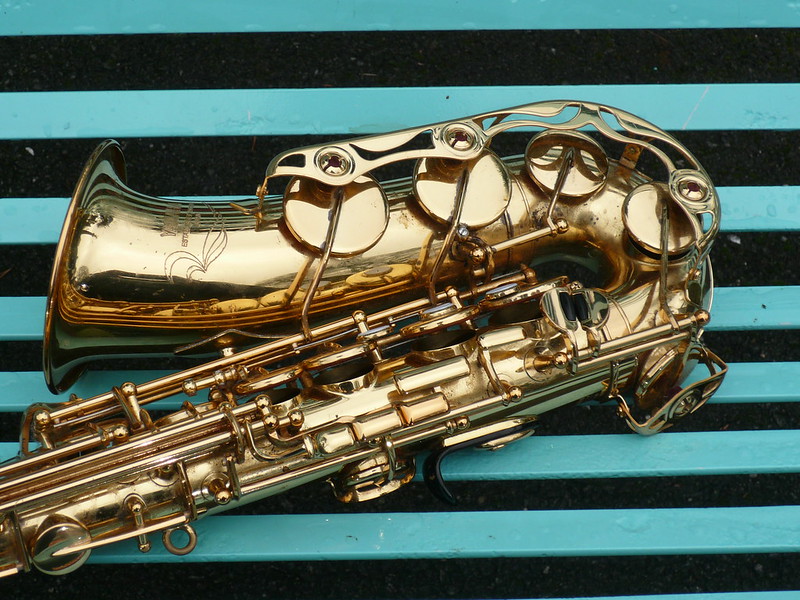
Brass, an alloy composed of copper and zinc, has a long and rich history. Known for its durability, beauty, and versatility, brass has played a significant role in various aspects of human civilization. In this article, we will dive into the world of brass, exploring its intriguing fun facts, unique properties, and diverse applications. Join us on this journey to uncover the captivating aspects of this remarkable alloy.
Ancient Beginnings
The origins of brass can be traced back to ancient civilizations such as the Mesopotamians, Egyptians, and Romans. These cultures discovered the art of alloying copper and zinc, creating early versions of brass for decorative objects and functional tools.
Medieval Brass Trade
During the medieval period, brass gained popularity as a material for making coins, decorative items, and weaponry. The growth of brass trade routes contributed to its widespread use and influence across different regions.
Brass Instruments
Brass found its way into the realm of music with the invention of brass instruments. Trumpets, trombones, and tubas are among the iconic instruments crafted from brass, known for their unique timbre and resonance.
Durability
Brass combines the strength of copper and the corrosion resistance of zinc, making it a durable and long-lasting alloy. It can withstand harsh environmental conditions, making it suitable for outdoor applications.

Malleability and Formability
Brass is highly malleable, allowing it to be easily shaped into intricate designs and forms. It can be hammered, rolled, or extruded into different shapes without losing its structural integrity.
Attractive Appearance
The golden hue of brass gives it an aesthetic appeal that has been cherished throughout history. Its warm and lustrous surface lends an elegant and timeless touch to architectural details, jewelry, and decorative items.
Architecture and Interior Design
Brass is commonly used in architectural elements, such as doorknobs, hinges, and decorative fittings. Its beauty and durability make it a popular choice for enhancing the aesthetics of buildings and interiors.
Plumbing and Fittings
Brass’s corrosion resistance and antimicrobial properties make it an ideal material for plumbing fixtures and fittings. Brass valves, faucets, and connectors are known for their reliability and longevity.
Electronics and Electrical Connectors
Brass is an excellent conductor of electricity, making it valuable in the manufacturing of electrical connectors and terminals. It provides a reliable connection while reducing the risk of overheating.
Musical Instruments
As mentioned earlier, brass is a key material in the production of musical instruments. Brass instruments, such as trumpets, saxophones, and French horns, rely on the acoustic properties of brass to produce their distinct sounds.
Brass Monkey
The expression “cold enough to freeze the balls off a brass monkey” originates from the naval practice of using brass trays or “monkeys” to hold cannonballs on warships. In extreme cold, the contraction of metal could cause the cannonballs to fall off.

Brass Alloys
Brass can be alloyed with various other metals to create specific properties. For example, adding a small amount of lead to brass creates “leaded brass,” which is highly machinable and used in applications like plumbing fittings.
Brass as Currency
Brass has been used as a substitute for gold in coins during times of economic instability. For example, during World War II, several countries issued brass coins due to shortages of precious metals.
Conclusion
Brass, with its rich history, unique properties, and versatile applications, continues to be a beloved material in today’s world. From ancient civilizations to modern creations, brass has stood the test of time, adding a touch of elegance and functionality to various aspects of human life. Its allure lies in its durability, malleability, and captivating golden hue. So, next time you encounter brass in architecture, music, or everyday objects, take a moment to appreciate the fascinating qualities of this remarkable alloy.
Frequently Asked Questions (FAQs)
Is brass an environmentally friendly material?
Yes, brass is considered an environmentally friendly material due to its durability and recyclability. It can be recycled multiple times without losing its properties, reducing the need for new raw materials.
Can brass tarnish or change color over time?
Yes, brass can develop a patina or tarnish over time due to exposure to air, moisture, and certain chemicals. This patina can give brass a unique antique look but can also be removed through cleaning and polishing.
Are all brass objects made of the same composition?
No, the composition of brass can vary depending on the specific application and desired properties. Different ratios of copper and zinc, as well as the addition of other metals, can create brass alloys with distinct characteristics.
Can brass cause allergic reactions?
While brass is generally hypoallergenic, some individuals may develop a mild allergic reaction to brass due to the small amounts of other metals present in the alloy. However, brass jewelry and objects are generally considered safe for most people.
How should brass be cleaned and maintained?
Brass can be cleaned using various methods, including commercial brass cleaners, natural solutions like lemon juice and vinegar, or a paste made from baking soda and water. Regular dusting and avoiding abrasive materials can help maintain the shine and appearance of brass objects.
Was this page helpful?
Our commitment to delivering trustworthy and engaging content is at the heart of what we do. Each fact on our site is contributed by real users like you, bringing a wealth of diverse insights and information. To ensure the highest standards of accuracy and reliability, our dedicated editors meticulously review each submission. This process guarantees that the facts we share are not only fascinating but also credible. Trust in our commitment to quality and authenticity as you explore and learn with us.
